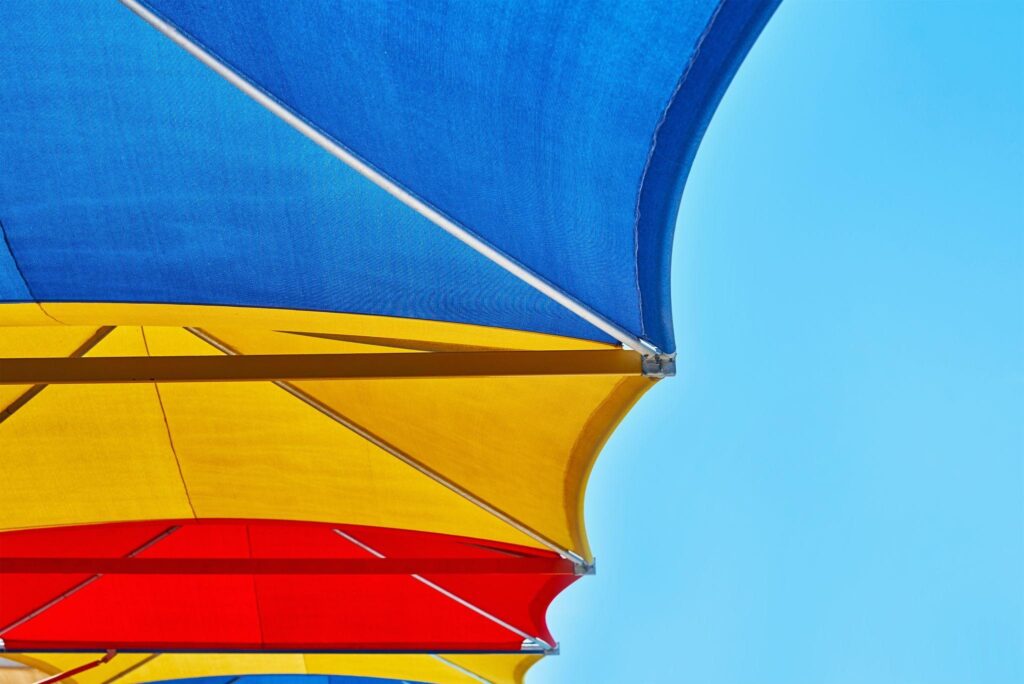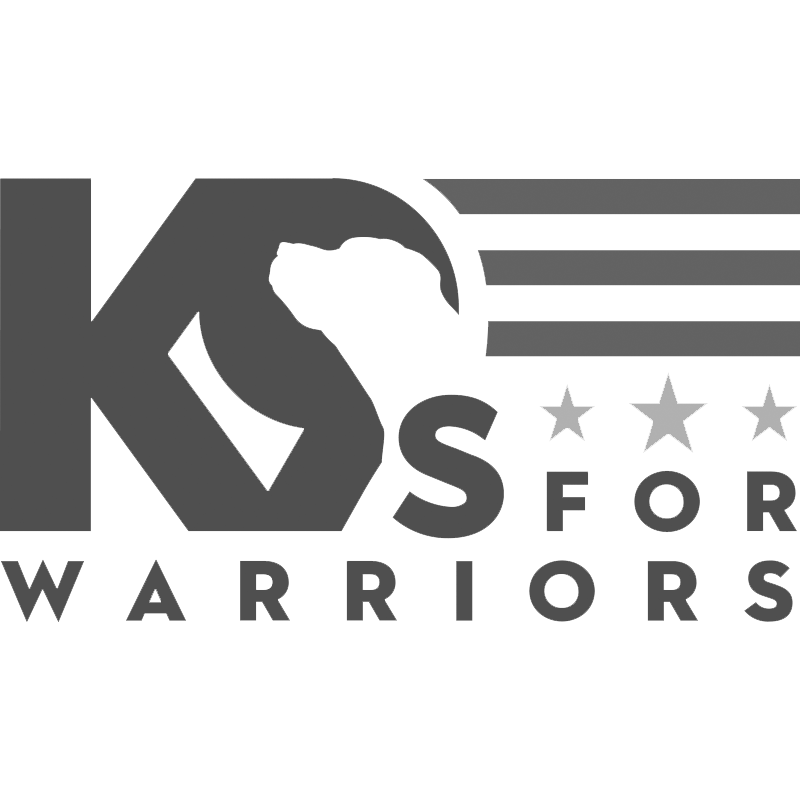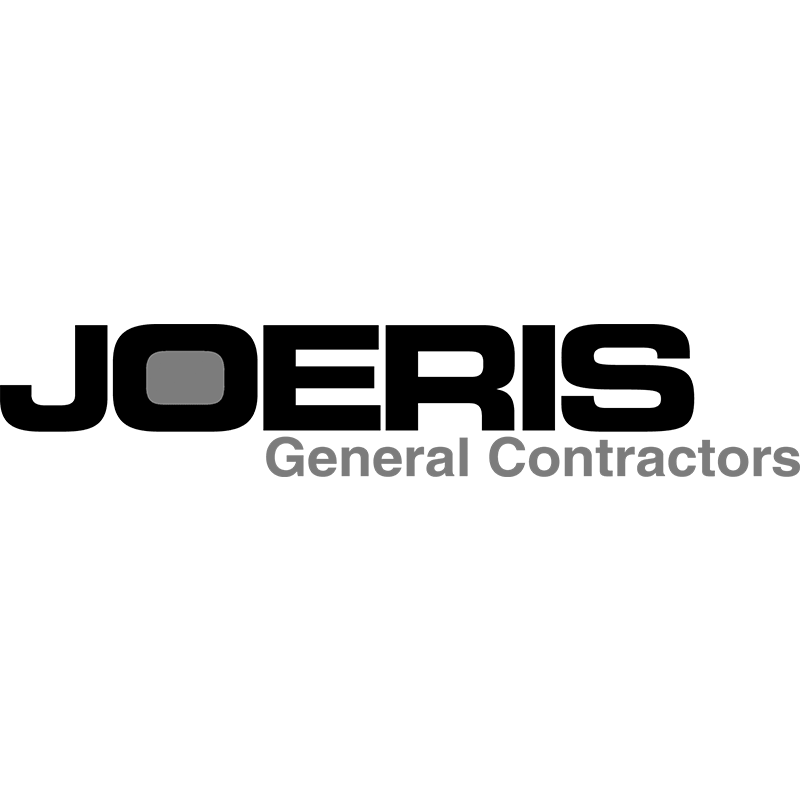What is the Best Color for a Sunshade
Choosing the best color for sun shade systems isn’t just about style.
The color you pick affects how cool your space feels, how much sunlight it blocks, and how well it lasts over time.
Whether you’re buying for your backyard or need a commercial-grade sun sail shade, the right color can make a big difference.
Some sun shade colors, like deep red or navy blue, offer stronger UV protection. Others, like yellow, let in more heat and light.
Lighter colors also show dirt faster and may fade more quickly in the sun. And if your area gets tons of traffic or harsh sunlight, the wrong choice could cost you more in repairs or replacements.
In this post, we’ll break down which sun shade colors work best, which to avoid, and how to choose the right one for your space.
What Colors are The Worst for Shade, and Why?
Everything depends on your priorities when it comes to adopting a color for a garden shade. For instance, dark colors are the worst option if you want to stay cool beneath your patio cover. Dark colors like black or brown are preferable if you want to protect yourself from the sun’s UV rays as much as possible. Lighter colors can be riskier.
Additionally, keep in mind that lighter colors will show dust, bird droppings, and stains more readily because they are more noticeable. Darker hues will conceal this dirt better, but they might be more susceptible to color fading due to exposure to sunlight.
Choosing Lighter or Darker Colors
The color you choose affects more than just how your shade looks. It also changes how well it blocks heat, how much light gets through, and how long it stays clean.
Let’s break it down.
Lighter Colors: Bright but Less Protective
Light and bright shades like white, beige, or yellow look clean and modern. They let in more light and give your space a sunny, open feel.
But there’s a trade-off:
- They don’t block UV rays as well as darker colors
- They can fade faster in strong sun
- They show stains and dirt more easily (like bird droppings or dust)
Use lighter colors in places where UV protection isn’t a big concern, like covered patios that don’t get direct sun all day.
Darker Colors: Cool, Private, and Protective
Darker options like navy, black, or forest green keep more sun out. That means:
- Better UV protection
- Lower temperatures underneath the shade
- Less cleaning is needed since they hide dirt better
These are great choices for high-traffic areas like schools, car washes, or parks. They’re also ideal if you want a cooler, quieter space with fewer maintenance headaches.
Don’t Just Follow Trends—Think Long-Term
Trendy colors might look good now, but classic shades like gray, black, or tan never go out of style. They also tend to work better with other design elements like furniture, signage, or landscaping.
If you’re unsure, pick a color that matches:
- Your existing outdoor setup
- The purpose of the space
- How much sun or shade do you get during the day
You’re not just picking a color, you’re setting the mood, protecting your people, and keeping the space functional year-round.
Choosing the Right Shade Color
Your sunshade does more than block sunlight. It helps set the look and feel of your outdoor space. That’s why choosing the proper color shades matters.
The color you pick should fit both your style and how you use the space. Want something that blends in? Or do you want it to pop?
Look at What’s Around You
Before you decide, think about:
- The color of your furniture, cushions, or pavers
- Your home’s exterior
- Whether you want a bold or soft look
Choose a shade that works well with what’s already there. You don’t want colors that clash or feel too loud.
Light and Neutral Colors Feel Airy
Lighter shades like tan, soft gray, or sky blue can:
- Brighten up the space
- Feel clean and simple
- Create a calm mood
They work great if you want something that doesn’t stand out too much.
Darker Shades Feel Cozy and Cool
Darker colors like navy, charcoal, or forest green can:
- Add a cozy, private feel
- Give more UV protection
- Work well in places where the sun is strong
They’re also lower maintenance since they hide dirt better.
So, when choosing the proper color shades, think about how you want the space to feel…Bright and open? Or cool and shaded?
The answer will help you pick the right shade of color every time.
Temperature
Shade color can change how hot or cool the space feels underneath. Darker shades like black or deep green absorb more sunlight. That helps block more UV rays and keep the space shaded. But they can also make things feel warmer underneath.
Lighter shades like beige or light gray don’t block as much heat. But they reflect more sunlight, which helps brighten the area. These work well if your space doesn’t get intense sun all day.
Ask yourself: Do you want a cooler feel or stronger UV protection?
Your answer can help guide your color pick.
The Environment
Before choosing a color, look around your space. What colors do you already see in the background?
- Lots of trees or greenery? Go with neutral shades like tan or olive.
- Modern space or bright decor? Try bold colors that pop.
- Near sand, stone, or concrete? Soft grays or whites might blend better.
The goal is to pick a sun shade color that complements your space, not clashes with it.
The Feelings You Want to Foster
Your shade color also sets the mood.
- Green feels calm and peaceful.
- Blue is cool and relaxing.
- Yellow or red adds energy. This is great for work zones or active spaces.
- Black or dark brown brings a more private, upscale feel.
If you want a quiet spot to relax, go darker. If you want something fun and bright, go with bold colors.
Choosing the proper color shades isn’t just about style. It’s about how you want to feel every time you step outside.
Personal Preferences
At the end of the day, your personal taste matters most.
The best sun shade colors are the ones you enjoy looking at every day.
Think about the following:
- What colors make you feel good?
- What matches your style and space?
- What feels calm, bold, fun, or modern to you?
Love bright colors?
Go for yellow, pink, or orange. They stand out and bring energy to the space.
Prefer something simple or quiet? Try blue, gray, or black. These colors feel cool and private.
No matter what you choose, make sure the color fits with your furniture, the area around it, and the feeling you want in your space.
Your shade sail should look good and feel like “you.”
Bonus: What Color Sun Shade Is Best for Cars?
If you’re adding a sun shade near a parking area, carport, or wash bay, color choice really matters.
Darker colors like black, navy, or charcoal:
- Block more UV rays
- Help protect car paint from fading
- Offer the best color for sun protection
- But keep in mind, they also absorb heat, which may warm the space under the shade.
Lighter colors like beige, light gray, or silver:
- Reflect more sunlight
- Keep the area cooler
- Blend in well with most commercial surroundings
The sweet spot? Choose a neutral shade with high UV protection fabric. These options reduce heat while keeping cars and people safe from the sun.
Ready to Pick the Right Shade Sail Color?
The color you choose isn’t just about style; it affects comfort, UV protection, and how long your shade lasts. Whether you want cooler temps, a bold look, or better coverage, the right shade color makes all the difference.
Not sure which one best fits your space?
Contact us now to get expert advice and a free estimate. We’ll help you find a shade that works hard, looks great, and lasts for years.
Let’s make your outdoor space cooler, safer, and more comfortable, starting today.

















